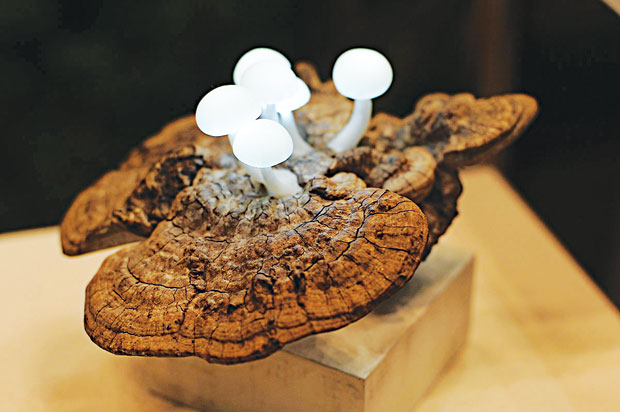Believe in LEDs
Here’s a bright idea: By using light-emitting diode light bulbs (LEDs), you can save energy, money and more.
According to the U.S. Department of Energy, LEDs have the potential to fundamentally change the future of lighting in the United States with residential LEDs, especially ENERGY STAR-rated products, using at least 75 percent less energy and lasting 25 times longer than incandescent lighting. When compared to compact flourescent lightbulbs (CFLs), LEDs use about half of the electricity.
“LEDs are more efficient, but they cost three to four times more than CFLs,” noted Frank Suster, facilities and safety manager at City Mill. “But LEDs are going to last longer and save you electricity because it uses less energy. So, in the beginning you’re going to pay more, but then it turns around, just like solar.”

Depending on the brand and type of LED bulb, some claim to last at least 25,000 hours and up to about 50,000 hours — at its full potential, that’s roughly up to 10 times more than a CFL bulb and up to 60 times longer than an incandescent lightbulb.
Another benefit of LEDs is that there’s no mercury in them, making it easier to dispose of and generally safer and better for the environment. Also, for those hard-to-reach light fixtures, the longevity of LEDs comes in real handy.
“It’s not like LEDs are going to take over the whole lighting industry right away because there’s still a lot of need for fluorescent lighting and the initial (higher) cost,” said Suster, noting that LEDs are superior for directional lighting such as a desklamp, while flourescents are great for lighting a wide area such as an entire room. “But I think over time, it’s going to take over the market.” — Yushing Ting